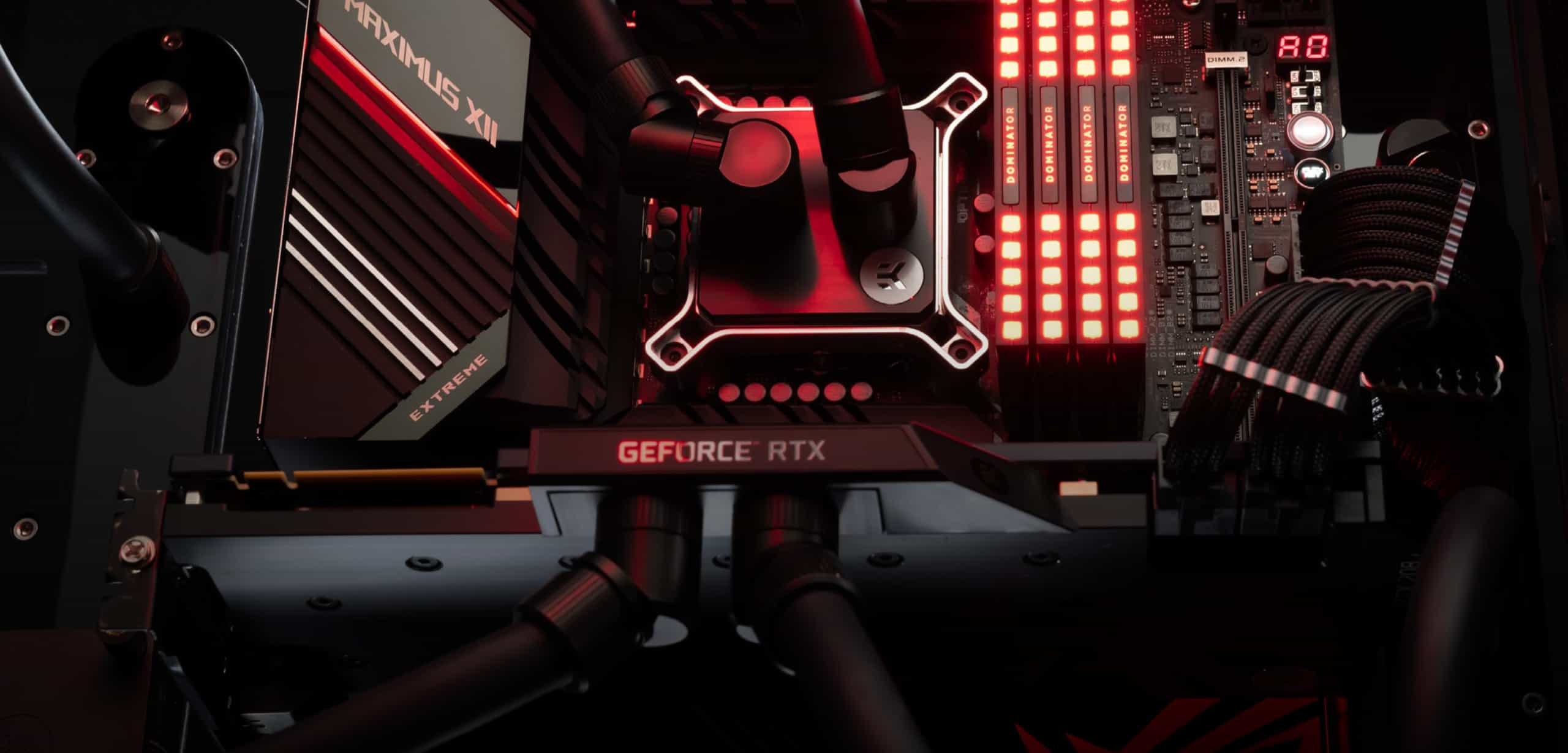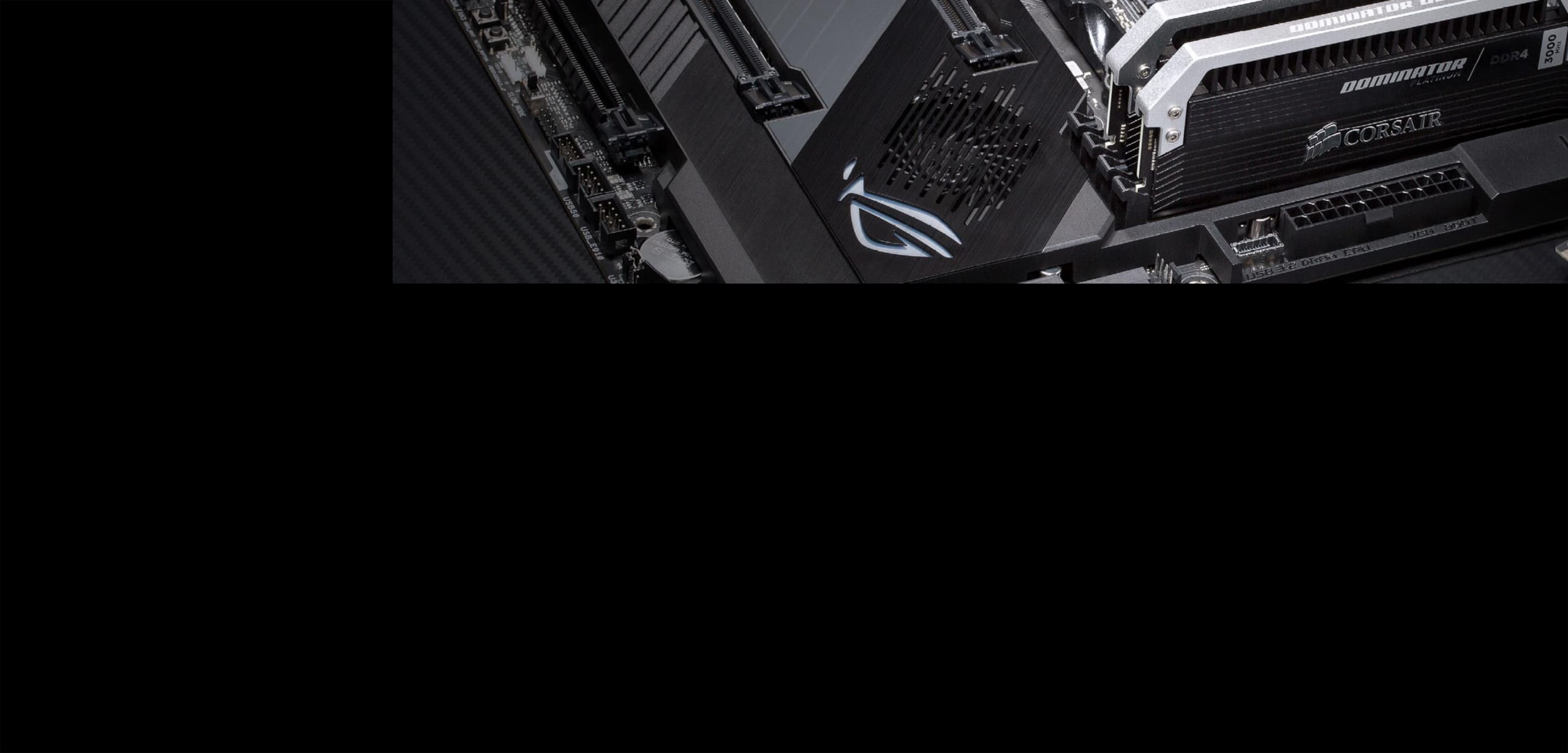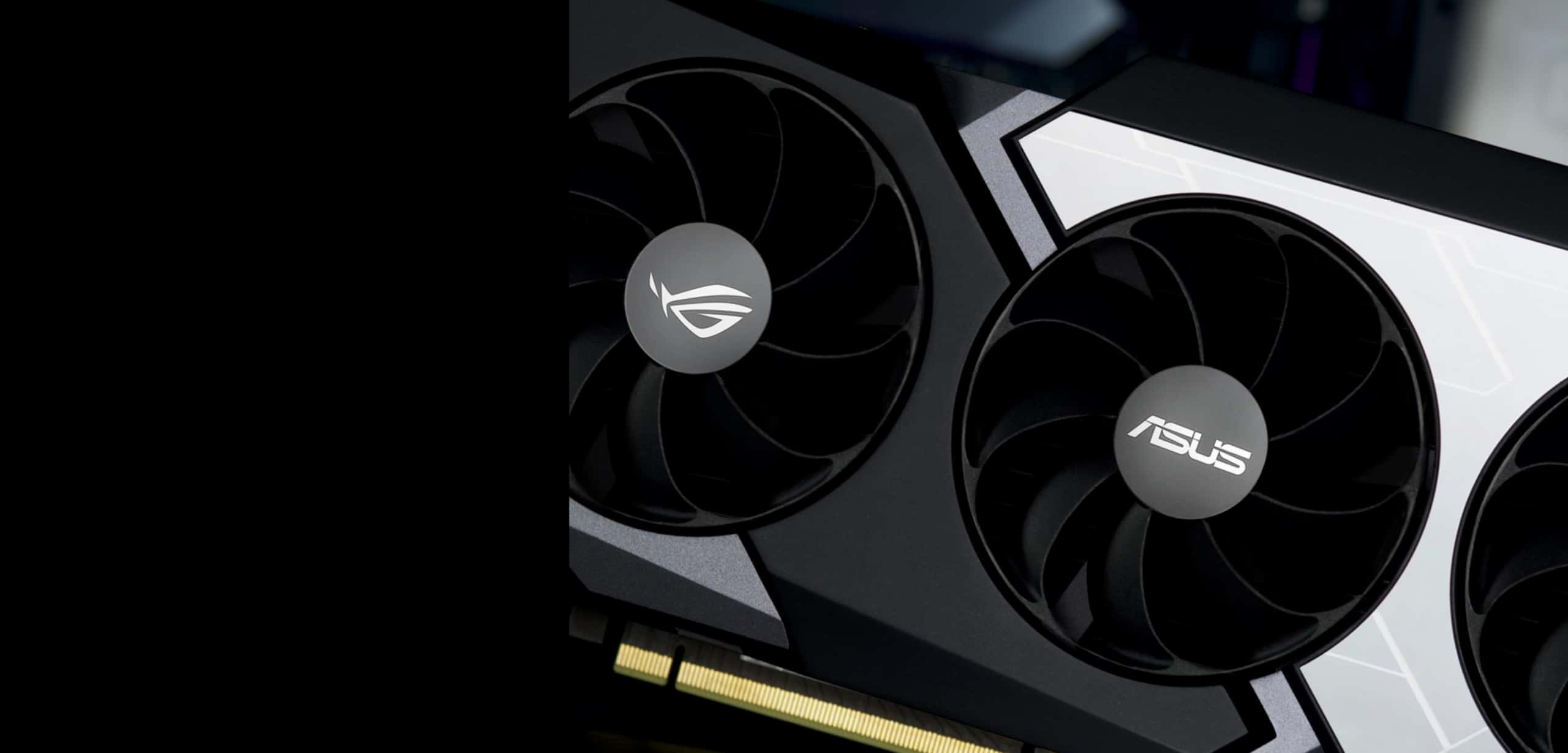About ROG
MISSION
BYINNOVATINGPRODUCTS THAT
OFFER AN EXCEPTIONAL
EXPERIENCEFOR ALLGAMERS,
WE CAN CREATE A WORLD
WITHOUT LIMITS
MISSION
BYINNOVATING
PRODUCTS THAT OFFER
AN EXCEPTIONAL
EXPERIENCEFOR
ALLGAMERS,
WE CAN CREATE
A WORLD
WITHOUT LIMITS
MISSION
BYINNOVATING
PRODUCTS THAT
OFFER AN
EXCEPTIONAL
EXPERIENCEFOR
ALLGAMERS,
WE CAN CREATE
A WORLD
WITHOUT LIMITS

VISION
WITH US,
GAMERSCANACHIEVE
THEIRTRUEPOTENTIAL
TOGETHER
IN PLAY.
VISION
WITH US,GAMERSCAN
ACHIEVETHEIRTRUE
POTENTIALTOGETHER
IN PLAY.
VISION
WITH US,
GAMERSCAN
ACHIEVETHEIR
TRUEPOTENTIAL
TOGETHER
IN PLAY.

RESOLUTION
“Being unconventional” is a core value in gaming. To subvert, to hybridize, to rebel: these are the ways that gamers actualize their true identities in a virtual world.






FOR THOSE WHO DARE
The Republic of Gamers is a proving ground to chase excellence and push limits. Each battle scar is a badge of honor—the price of victory.
We call on those who dare to venture forward and face their fears. If you pledge to be true to yourself and fight for those in need, the Republic of Gamers calls on you.

INNOVATION
WE ARE THE TECHNOLOGICAL VANGUARD

DIVERSITY
INDIVIDUALITY MAKES US STRONGER

BOLDNESS
FEARLESS, WE REBEL AGAINST CONVENTION




HOW A LONG HAUL FLIGHT INSPIRED AN ULTRASLIM REVOLUTION
Gaming power used to only come in two form factors: big and bigger. The first gaming laptops prioritized power over everything else, adding as many kilograms and centimeters as needed to fit the highest-end components. “Portable” was relative.
This inconvenience became all too clear forto one of ROG’s marketing leaders during one flight in 2016. Tasked with bringing our top-of-the-line ROG G752 overseas, he had an inspirational experience.
Namely, he discovered that hand-carrying 4.4kg (nearly 10lbs) of power across long airport terminals, jet bridges, and international waters was not the kind of fun a gaming laptop is supposed to offer.
The second his trip was over, he marched into the Head of PC’s office and said, “Dude. We need a lighter gaming laptop!” That simple statement launched the Zephyrus project.
ROG designers iterated on dozens of new concepts to put desktop-sized power into a thinner, lighter, and more travel-friendly chassis.
The radical Active Aerodynamic System (AAS) enabled ROG to pack unprecedented power into ultraslim devices, allowing us to repeatedly break down barriers of portable gaming in the years since.

THE BIRTH OF THE FIRST GAMING MOTHERBOARD
Back in 2006, the PC gaming market was rapidly evolving. A plethora of exciting 3D games swept the scene, attracting masses of new recruits to PC gaming while also pushing existing hardware to its limits.
Alongside the GPU, every component of the system affected the gaming experience: CPU performance, RAM clock speeds, and even subsystem bandwidth. To get around the bottlenecks, users started to dabble with overclocking—but motherboards of the day were sorely lacking in this arena.
To address the problems, ASUS Motherboard R&D Division head Jonson Lee and his team sought to create a dedicated motherboard for gaming, painstakingly blueprinted to tackle all of the attendant CPU and chipset overclocking issues. At the circuit board (PCB) level, the team utilized robust power components were, and optimized signal pathways to take electrical bottlenecks out of the equation. To keep thermals under tight control, all critical areas of the mainboard were cooled by a three-section copper heatsink connected by a winding heatpipe. Then, with the hardware foundation in place, Jonson and his team invited prominent tech enthusiasts, extreme overclockers, and gamers into the development process to craft a motherboard BIOS loaded with structured tuning options that were easier for everyone to use—beginner and expert alike.
Nearing the official unveil, Jonson Lee realized: “The purpose of this motherboard is to help gamers, to make sure they hit what’s in their crosshairs. That’s why this motherboard will be known as Crosshair, and maybe it will become the ideal tool for gamers looking to take their game to the next level.” After it was released, the Crosshair received rave reviews from gamers thanks to its outstanding performance and flexible options. The collaborative formula used to spearhead the Crosshair became the bedrock of all future ROG development, spawning a diverse range of motherboards, the creation of software utilities infused with Artificial Intelligence, and our eventual expansion into new product categories.

ENTER THE MATRIX
The first ROG graphics card debuted in 2008, immediately raising the bar with exceptional performance, extensive overclocking options, and innovative cooling and power delivery. The ROG Matrix series exemplified our commitment to creating graphics cards with the best performance and highest quality.
ROG also started the trend of RGB lighting on gaming peripherals. The ROG Matrix GeForce GTX 285 was the first graphics card to feature an LED indicator that changed color based on GPU load. This simple idea has grown into one of the most iconic aesthetics of modern PC gaming components.
As graphics cards became more powerful, the amount of heat they generated grew. Custom water cooling was notoriously complicated to install. All-in-one (AIO) alternatives were simpler, but still relied on a separate radiator. So the ROG design team integrated a full liquid cooling loop, radiator and all, into the ROG Matrix GeForce RTX 2080 Ti.
From its inception until today, the ROG Matrix series has stood alone as a symbol of cutting-edge graphics card innovation and performance.

HOW ROUTERS WERE TURNED INTO GAMING DEVICES
Networking performance is critical for gaming, where even brief moments of lag can mean the difference between victory and defeat. With more devices in every home, existing wireless bands became more congested. ROG recognized the need for routers that address these challenges to ensure the best online gaming experience.
Our first router was the ROG Rapture GT -AC5300. The striking design prioritized antenna optimization, using eight carefully spaced antennas that distributed massive bandwidth across three separate bands.
To prevent local network traffic from causing gameplay lag, the Rapture analyzed packets in real time and prioritized connected ROG motherboards and laptops —while also offering dedicated Ethernet ports and wireless bands for specific high-priority devices.
Wilson Deng, router project manager, even integrated WTFast software at the router level, accelerating traffic between game servers and all of a player’s devices—including consoles.
Other router makers took note of the Rapture and started producing gaming-specific models, but ROG stays on the cutting edge by adopting the latest networking hardware not only at the router level, but also in motherboards, laptops, and other clients.

THE RISE THE PORTABLE GAMING MONITOR
Your display is the centerpiece of your gaming setup—the window that transports you to other worlds ASUS has broken countless boundaries in the gaming monitor space, from introducing the world’s first ever 144Hz monitor to pushing refresh rates past 360Hz in 2020—alongside other displays with Mini-LED backlights, vibrant HDR, and stunning 4K resolutions.
ASUS has also led the charge on portable gaming displays. The original ZenScreen in 2013 was a success with business travelers looking for a secondary display that enabled them to work more efficiently away from the office, but the ROG research team believed that we could apply the same success to gaming. That belief gave rise to the ROG Strix XG17 portable gaming monitor, with a 240Hz refresh rate, 2ms response time, Adaptive-Sync support, and a 17.3-inch stage with rich colors and wide viewing angles.

THE MOBILE GAME CHANGER
The ROG Phone series is designed to provide the ultimate mobile gaming experience. In designing it, we re-evaluated the essence of the smartphone with the exponentially growing mobile gaming market in mind.
The ROG Phone 3 was a beast that packed the most advanced CPU and GPU available on an Android device, along with a display that offered an ultra-high refresh rate and ultra-sensitive touch response. An upgraded thermal solution cooled this hardware and further extended performance, while programmable ultrasonic side buttons known as AirTriggers enabled precise control when held in landscape mode.
The ROG Phone 3 was a game changer in a very real sense, setting a new bar for what was possible in mobile gaming.

A NEW SPIN ON PERIPHERALS
ROG has always focused on creating groundbreaking and unconventional gaming peripherals. As gaming becomes more complex, players often use multiple input devices to control a single game. Switching between a keyboard, mouse, and gamepad can be challenging, so we created the first gaming mouse with an integrated joystick.
The ROG Chakram offers superior in-game flexibility and control with a programmable mini joystick on the left side, allowing 360° freedom for flight and vehicle controls. Its digital mode maps up to four programmable buttons allowing gamers to lean, open a map, or push to talk in first-person shooters. The joystick is easy to detach for a streamlined setup, and the mouse comes with long and short switches to accommodate different preferences.
ROG designers worked with gamers and esports professionals to sculpt an ergonomic body for a comfortable grip. Customization options permeate the design. The main buttons use our exclusive push-fit switch socket, which allows users to replace the switches to extend the lifespan of the mouse, or to swap them for ones with different operating force and feedback.
Gamers can even choose their connection: wired, 2.4GHz RF, or Bluetooth. With several days of active battery life and support for both fast charging and wireless Qi charging, the ROG Chakram takes gaming peripherals to another level.

OUTSHINE THE COMPETITION
For us, customizable lighting isn’t just a checkbox. It’s a uniquely empowering facet of PC personalization that deserves to be nurtured and developed. Our foray into customized lighting started with the spark of a handful of LEDs on a motherboard. Since then, it’s spawned an ecosystem of illuminated products that can synchronize colors and effects across entire PCs.
Aura RGB lighting debuted in our Z170 motherboard series in 2015, including the first support for RGB LED strips in the Maximus VIII Hero Alpha. The Rampage V Edition 10 arrived the following year with extensive expansion, including support for multiple zones with independent control. We complemented the usual cosmetic effects with functional flair, like the ability to map lighting to audio output and CPU temperatures. Over time, we also refined the illumination with light guides and diffusers that produce a more attractive glow.
